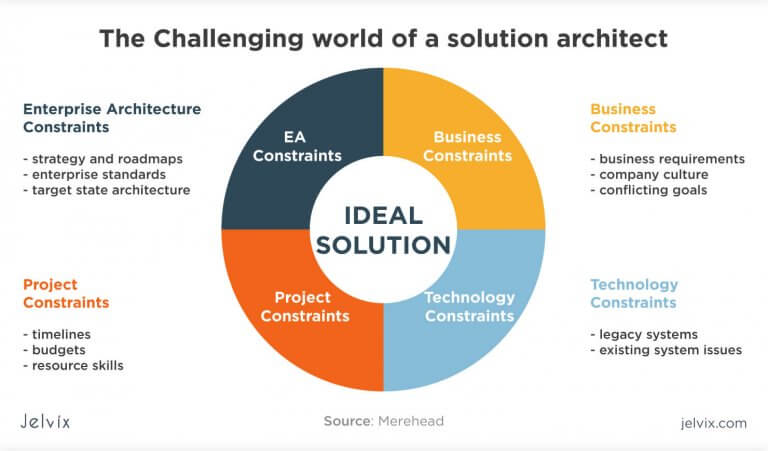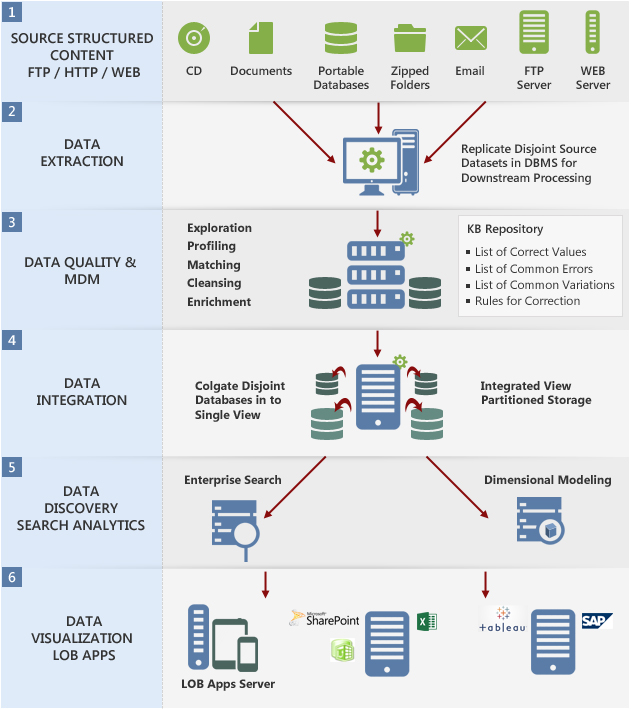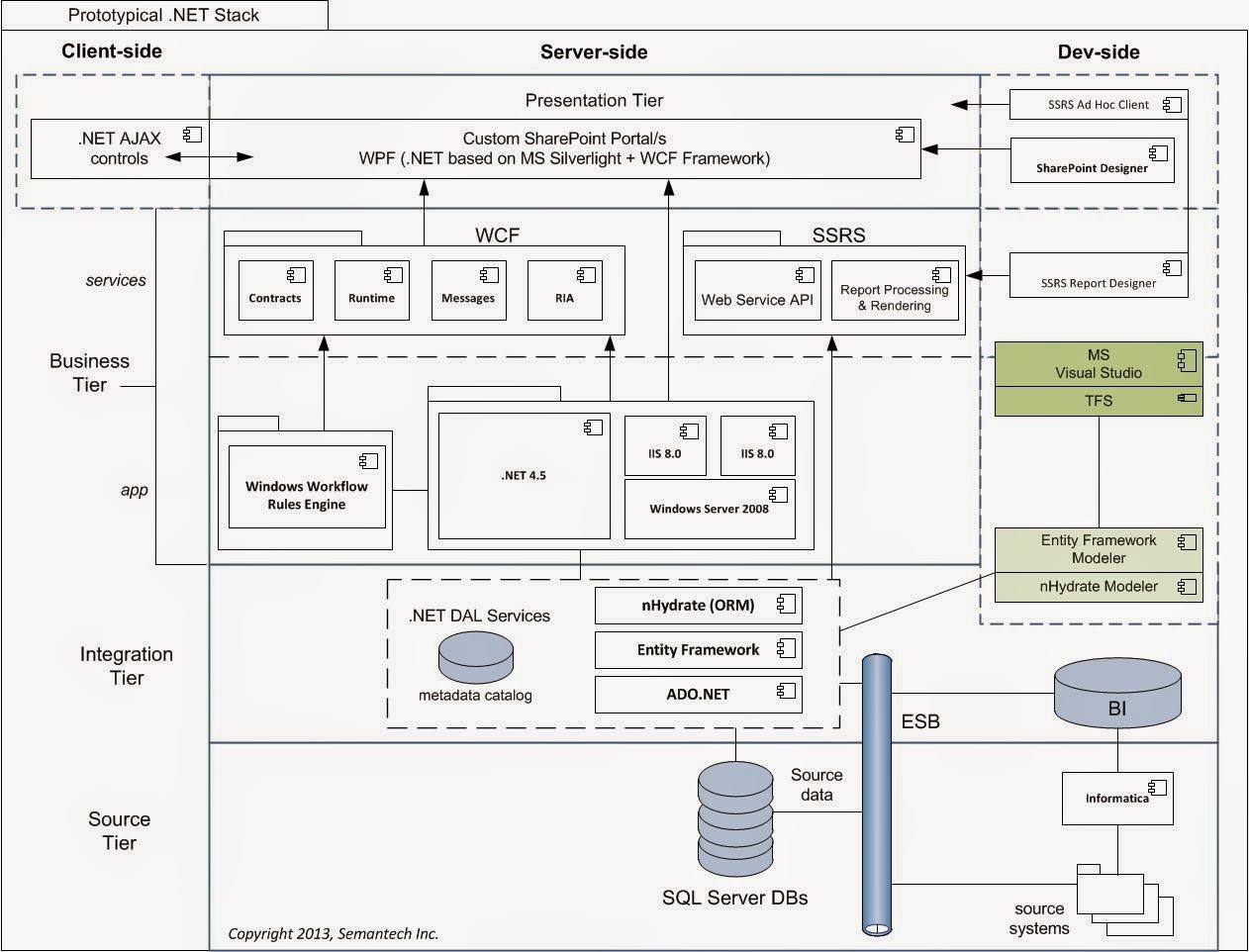What is a Database Solution Architect?
A Database Solution Architect is a pivotal figure in the design, creation, deployment, and management of database systems within an organization. They are responsible for ensuring that these systems align with the overall business objectives and meet the data storage, management, and access needs of various departments. The role encompasses database design, data modeling, data warehousing, and working closely with other IT professionals, such as developers, administrators, and project managers.
Key Skills Required for a Database Solution Architect
A Database Solution Architect must possess a diverse set of skills and expertise to effectively design, create, deploy, and manage database systems. Here are some essential skills for a Database Solution Architect:
- Database Design: A Database Solution Architect should be proficient in designing relational and non-relational databases, understanding data relationships, and creating efficient database schemas.
- Data Modeling: They must be skilled in data modeling, which involves creating conceptual, logical, and physical data models to represent the data architecture of an organization.
- Data Warehousing: Familiarity with data warehousing concepts, such as ETL (Extract, Transform, Load) processes, data lakes, and data marts, is crucial for a Database Solution Architect.
- Database Technologies: A Database Solution Architect should be well-versed in various database technologies, including SQL and NoSQL databases, in-memory databases, and cloud-based databases.
- Data Security: Ensuring data confidentiality, integrity, and availability is a critical aspect of a Database Solution Architect’s role, requiring a solid understanding of data encryption, access control, and backup strategies.
- Programming and Scripting: Knowledge of programming languages (e.g., Python, Java) and scripting languages (e.g., SQL, Bash) is essential for automating tasks and integrating databases with other systems.
- Project Management: A Database Solution Architect should have project management skills to coordinate with various stakeholders, manage resources, and deliver projects on time and within budget.
- Communication and Collaboration: Effective communication and collaboration skills are vital for a Database Solution Architect to work with cross-functional teams, understand business requirements, and translate them into technical solutions.
The Role of a Database Solution Architect in Data Strategy
A Database Solution Architect plays a critical role in an organization’s data strategy by ensuring that data is effectively stored, managed, and accessed. They collaborate with data analysts, data scientists, and other IT professionals to design and implement database systems that align with the organization’s overall data strategy and objectives.
- Data Governance: A Database Solution Architect contributes to data governance by establishing policies, procedures, and standards for data management, ensuring data quality, consistency, and compliance with regulations.
- Data Integration: They design and implement data integration solutions, enabling seamless data flow between different systems, applications, and databases, and ensuring data consistency across the organization.
- Data Security: A Database Solution Architect is responsible for implementing robust data security measures, protecting sensitive data, and ensuring data privacy and compliance with data protection regulations.
- Data Analytics and Business Intelligence: By designing efficient and scalable database architectures, Database Solution Architects support data analytics and business intelligence initiatives, enabling organizations to derive valuable insights from their data.
- Cloud Adoption: As organizations move towards cloud-based solutions, Database Solution Architects help assess, plan, and execute cloud migrations, ensuring minimal disruption and maximum benefits from cloud services.
How to Become a Successful Database Solution Architect
Becoming a successful Database Solution Architect requires a combination of education, certifications, and hands-on experience. Here’s a step-by-step guide to help you get started:
- Education: A bachelor’s or master’s degree in Computer Science, Information Systems, or a related field is essential. Coursework in databases, data modeling, software engineering, and system design is highly recommended.
- Certifications: Earning certifications, such as Oracle Certified Professional, Microsoft Certified: Azure Database Administrator Associate, or Certified Data Vault 2.0 Data Modeler/Designer, can validate your skills and expertise.
- Hands-on Experience: Gain experience working with various database technologies, such as SQL, NoSQL, and in-memory databases. Participate in database projects, focusing on database design, data modeling, and system integration.
- Stay Updated: Continuously learn about new trends and technologies in the database world. Attend industry conferences, webinars, and workshops to stay informed and expand your knowledge.
- Networking: Connect with other Database Solution Architects and IT professionals through networking events, online forums, and social media platforms to share experiences, learn from others, and build your professional network.
- Soft Skills: Develop strong communication, collaboration, and project management skills to effectively work with cross-functional teams, understand business requirements, and deliver successful projects.
Top Database Solutions for Database Solution Architects
As a Database Solution Architect, it’s essential to be familiar with various database solutions to design and implement the most suitable systems for an organization’s needs. Here’s an overview of popular database solutions and their features, strengths, and weaknesses:
Oracle
Oracle is a robust, enterprise-grade relational database management system (RDBMS) offering high performance, scalability, and security. Its strengths include advanced data analytics and business intelligence capabilities, strong support for PL/SQL programming, and seamless integration with other Oracle products. However, it can be complex to set up and maintain, and its licensing costs can be high compared to other solutions.
Microsoft SQL Server
Microsoft SQL Server is a versatile RDBMS with strong data integration, reporting, and business intelligence features. It supports both Windows and Linux platforms and offers a range of editions for different use cases. SQL Server’s strengths include its ease of use, strong security features, and seamless integration with Microsoft’s .NET framework. On the downside, it may not perform as well as other RDBMSs in high-concurrency environments, and its licensing costs can be relatively high.
MySQL
MySQL is a popular open-source RDBMS known for its ease of use, low cost, and strong community support. It offers good performance, scalability, and security features, making it suitable for web applications and small to medium-sized businesses. MySQL’s strengths include its cross-platform compatibility, strong support for web technologies, and low total cost of ownership. However, it may not be as feature-rich or performant as enterprise-grade RDBMSs like Oracle or SQL Server.
MongoDB
MongoDB is a leading NoSQL document database, offering high performance, scalability, and flexibility for handling large, complex datasets. Its strengths include its dynamic schema, support for horizontal scaling, and strong JSON document handling. MongoDB is well-suited for big data, real-time analytics, and content management applications. However, it lacks some of the advanced data analytics and business intelligence features found in RDBMSs, and its security features may not be as robust as those in enterprise-grade RDBMSs.
Designing Robust Database Architectures: Best Practices
As a Database Solution Architect, designing robust and secure database architectures is crucial for ensuring data availability, performance, and scalability. Here are some best practices to follow:
Data Normalization
Data normalization is the process of organizing data into tables and relationships to minimize data redundancy and improve data integrity. By following normalization rules (e.g., First Normal Form, Second Normal Form, Third Normal Form), you can create a well-structured database that reduces data anomalies and improves maintainability.
Scalability
Scalability is the ability of a database system to handle increasing data volumes and user demands. To design scalable architectures, consider partitioning large tables, implementing sharding, or using distributed databases. Additionally, consider using in-memory databases or caching solutions to improve performance and reduce latency.
Security
Security is paramount in database design. Implement strong access control policies, encryption, and secure communication protocols to protect sensitive data. Regularly perform security audits and vulnerability assessments to ensure your database system remains secure.
Backup Strategies
Implementing robust backup strategies is essential for disaster recovery and data loss prevention. Regularly perform full and incremental backups, store backups in secure off-site locations, and test backup and recovery processes to ensure they work as expected.
Monitoring and Performance Optimization
Monitor database performance using tools and techniques such as query analysis, index optimization, and resource utilization tracking. Regularly review and optimize database configurations to ensure optimal performance and minimize bottlenecks.
Case Study: Real-World Database Solution Architect Projects
Understanding the challenges and successes of real-world Database Solution Architect projects can provide valuable insights for aspiring professionals. Here, we present two case studies that demonstrate the critical role of Database Solution Architects in designing and implementing effective database systems.
Case Study 1: Migrating from a Legacy System to a Modern Database Solution
A mid-sized retail company faced challenges with their outdated, monolithic database system, which struggled to handle increasing data volumes and user demands. The Database Solution Architect led a team to migrate the legacy system to a modern, scalable database solution based on a microservices architecture.
The team designed a flexible data model using a NoSQL database, enabling seamless integration with various applications and services. They also implemented robust security measures, ensuring data privacy and compliance with industry regulations. The new system improved performance, scalability, and maintainability, resulting in a better user experience and increased operational efficiency.
Case Study 2: Implementing a Data Warehouse for Business Intelligence
A large manufacturing company sought to improve their business intelligence capabilities by implementing a data warehouse. The Database Solution Architect was responsible for designing the data warehouse architecture, selecting appropriate tools and technologies, and overseeing the implementation process.
The Database Solution Architect designed a star schema, optimizing the data model for query performance and enabling efficient data analysis. They also implemented an ETL process to extract, transform, and load data from various sources into the data warehouse. The new system provided actionable insights, helping the company make data-driven decisions and improve overall business performance.
Staying Updated in the Evolving Database Landscape
As a Database Solution Architect, staying current with the latest trends and technologies in the database world is crucial for professional growth and success. Here are some resources and strategies for continuous learning and professional development:
Industry Conferences and Events
Attend industry conferences and events to learn about the latest trends, network with peers, and gain insights from industry experts. Conferences such as Oracle OpenWorld, Microsoft Ignite, Percona Live, and MongoDB World offer valuable learning opportunities and updates on the latest database technologies.
Online Courses and Certifications
Enroll in online courses and certifications to expand your knowledge and skills. Platforms like Coursera, Udemy, and edX offer a wide range of courses on database technologies, data modeling, data warehousing, and cloud computing. Additionally, consider obtaining certifications from vendors like Oracle, Microsoft, and Amazon Web Services to validate your skills and expertise.
Blogs, Podcasts, and Newsletters
Stay informed about the latest trends and best practices by following industry blogs, podcasts, and newsletters. Websites like Database Trends and Applications, Simple Talk, and Redgate provide valuable insights and updates on database technologies, while podcasts like SQL Server Central and The ARCast offer engaging discussions on various database-related topics.
Professional Networking
Join professional networking groups and communities to connect with other Database Solution Architects and IT professionals. Platforms like href=”https://www.linkedin.com/” target=”_blank” rel=”noopener noreferrer”>LinkedIn, Meetup, and Reddit offer opportunities to engage in discussions, ask questions, and share experiences with like-minded professionals.







